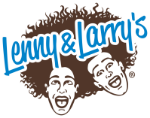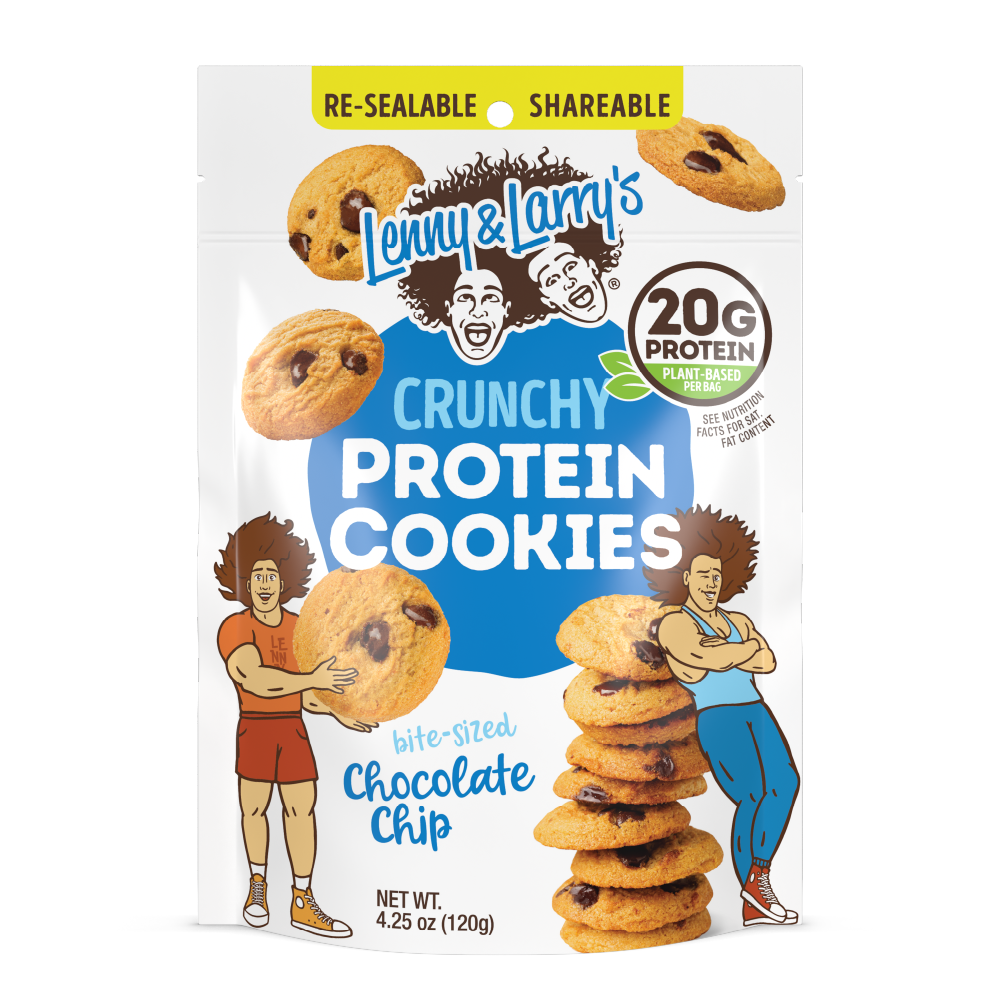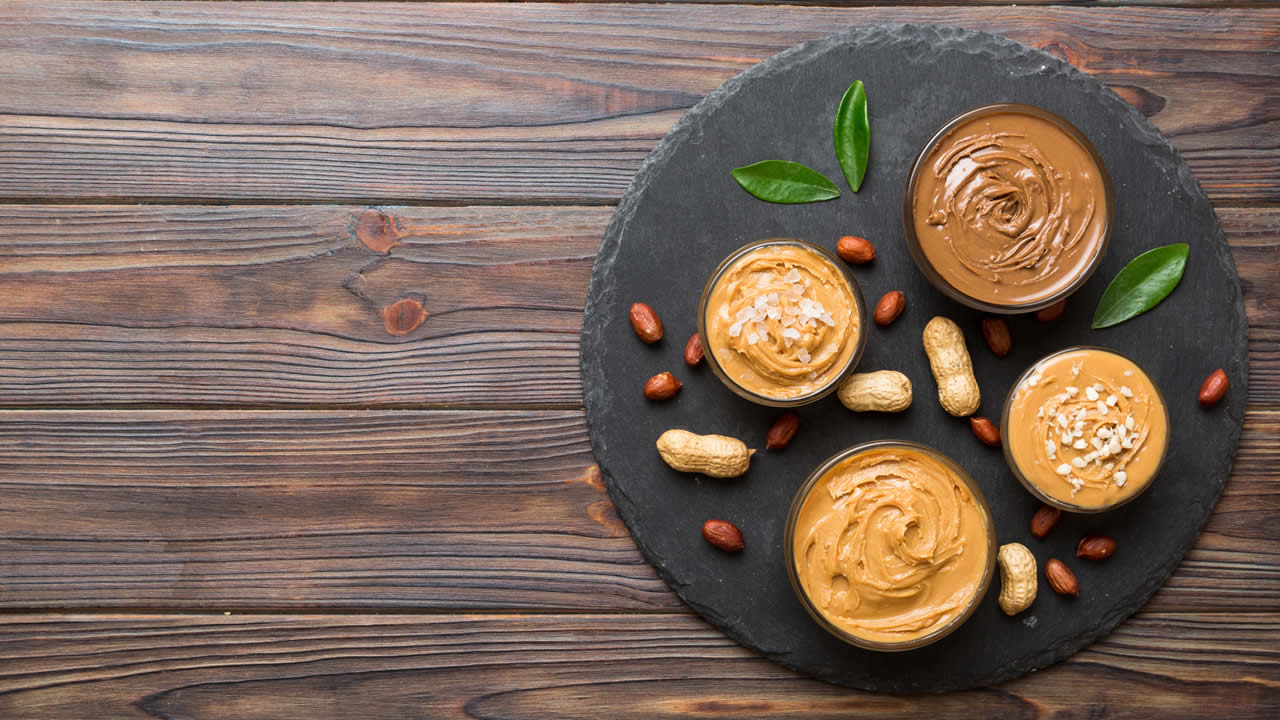All About Peanut Butter and Why We Love it
Peanut butter has been a popular, versatile, and tasty food option for many years. It is not only delicious but also packed with numerous health benefits. And the history of peanut butter is interesting as well along with its nutritional value, and benefits. And as a bonus, we’ll show you how to create your own peanut butter at home and discover various ways to incorporate it into your diet.
Table of Contents:
- History of Peanut Butter
- Nutritional Value of Peanut Butter
- How to Make Your Own Peanut Butter
- Benefits of Peanut Butter
- Peanut Butter and Allergies
- Ways to Enjoy Peanut Butter
We love peanut butter for many reasons. Peanut butter has a rich, nutty flavor that many people find appealing. The natural sweetness of peanuts, combined with creaminess, creates a taste that is both satisfying and indulgent. Some over-the-counter peanut butter brands also contain added sweeteners, enhancing the appeal to those with a crazy sweet tooth. And who doesn’t love the texture (regardless of if you’re a crunchy or creamy peanut butter lover). You can spread it on bread, crackers, or fruit. This smoothness contrasts well with other textures, such as the crunchiness of whole-grain bread or the crispness of apple slices. And there’s a contrast in the flavor of peanut butter. It can be enjoyed as a simple spread, added to smoothies, incorporated into sauces, or used as a base for baked goods. This versatility makes it an attractive ingredient for those who enjoy experimenting in the kitchen or those who appreciate having a staple that can be used in multiple ways.
But before we dive into the nutritional value or ways we can use the leverage this magical creation, let’s dive into how we get to the peanut butter we know and use today.

History of Peanut Butter
Peanuts have a rich history and although peanut butter is commonly linked to the United States, its roots can be traced back to ancient cultures. The Aztecs and Incas were known for creating a peanut paste by grinding peanuts, which can be considered an early form of modern peanut butter. It wasn't until the latter part of the 19th century that the peanut butter we recognize today started gaining traction in the United States.
In 1884, Canadian chemist Marcellus Gilmore Edson developed a method for producing peanut butter by milling roasted peanuts between heated plates, for which he received a patent. Later, in 1895, Dr. John Harvey Kellogg, the well-known cereal inventor, patented a technique for making peanut butter using raw peanuts. The commercialization of peanut butter took off in the early 20th century, with brands such as Peter Pan and Skippy making their debut in the 1920s and 1930s.
Didn’t George Washington Carver invent peanut butter?
Nutritional Value of Peanut Butter
Peanut butter is a nutrient-dense food, providing a rich source of vitamins, minerals, and healthy fats. A two-tablespoon serving of your common, over-the-counter peanut butter contains approximately:
- Calories: 190
- Protein: 7 grams
- Fat: 16 grams (8 grams of monounsaturated fat and 4 grams of polyunsaturated fat)
- Carbohydrates: 7 grams (2 grams of dietary fiber and 3 grams of sugar)
- Vitamin E: 10% of the daily value
- Niacin: 24% of the daily value
- Vitamin B6: 10% of the daily value
- Folate: 6% of the daily value
- Magnesium: 12% of the daily value
- Phosphorus: 10% of the daily value
- Zinc: 6% of the daily value
- Copper: 16% of the daily value
- Manganese: 23% of the daily value
Peanut Butter is a great source of “healthy fats.”
How to Make Your Own Peanut Butter
A major reason peanut butter remains a healthy option is its ease of creation. Making peanut butter at home is simple and requires only a few ingredients. Here's a basic recipe:

Ingredients:
- 2 cups unsalted, roasted peanuts
- 1-2 tablespoons neutral oil (such as vegetable or peanut oil)
- Salt, to taste (optional)
- Sweetener, to taste (optional)
- Instructions:
Directions:
- Place the roasted peanuts in a food processor or high-powered blender.
- Process the peanuts until they become a coarse, grainy texture.
- Add the oil, starting with one tablespoon and adding more if needed, to achieve a smooth and creamy consistency.
- If desired, add salt and sweetener to taste.
- Continue processing until the peanut butter reaches your desired texture, scraping down the sides as necessary.
- Transfer the homemade peanut butter to an airtight container and store it in the refrigerator for up to a month.
Benefits of Peanut Butter
Peanut butter offers numerous health benefits, including:
- Heart health: Rich in monounsaturated and polyunsaturated fats, peanut butter can help improve heart health by reducing LDL (bad) cholesterol levels and maintaining HDL (good) cholesterol levels.
- Weight management: Due to its high protein and healthy fat content, peanut butter can promote satiety, helping to control hunger and support weight management.
- Blood sugar control: Peanut butter has a low glycemic index, meaning it doesn't cause rapid spikes in blood sugar levels. This makes it a suitable option for those with diabetes or those looking to maintain stable blood sugar levels.
- Muscle and bone health: The protein, magnesium, and phosphorus content in peanut butter support muscle growth and repair, as well as bone health.
Peanut Butter and Allergies
While peanut butter offers numerous health benefits, it's essential to be aware of peanut allergies. Peanut allergies are one of the most common food allergies and can range from mild to severe, including potentially life-threatening anaphylaxis. If you or a family member has a peanut allergy, it's crucial to avoid peanut butter and any products containing peanuts.
For those with peanut allergies, there are alternative nut and seed butters available, such as almond butter, sunflower seed butter, or cashew butter. Always check ingredient labels and be cautious when dining out or trying new foods.
Some More Ways to Enjoy Peanut Butter
There are countless ways to incorporate peanut butter into your diet. Here are some ideas:

- Spread it on whole-grain toast or crackers.
- Use it as a dip for apple slices, celery sticks, or banana.
- Pack some peanut butter protein cookies in your bag before a walk
- Blend it into smoothies for added creaminess and protein.
- Stir it into oatmeal or yogurt for a tasty, nutrient-dense breakfast.
- Create a savory sauce by combining peanut butter with soy sauce, garlic, and ginger for noodle dishes or stir-fries.
- Use it as a filling for sandwiches or wraps, paired with fresh fruit or vegetables.
Where is peanut butter in your daily diet?
Peanut butter is a delicious and nutritious staple that offers numerous health benefits. From its rich history to its impressive nutrient profile, peanut butter has earned its place as a favorite food among many. By making your own peanut butter at home and incorporating it into your meals and snacks, you can enjoy its numerous benefits while satisfying your taste buds. However, always be aware of peanut allergies and take necessary precautions to ensure the safety of those around you.
 Lenny and Larrys
Lenny and Larrys
